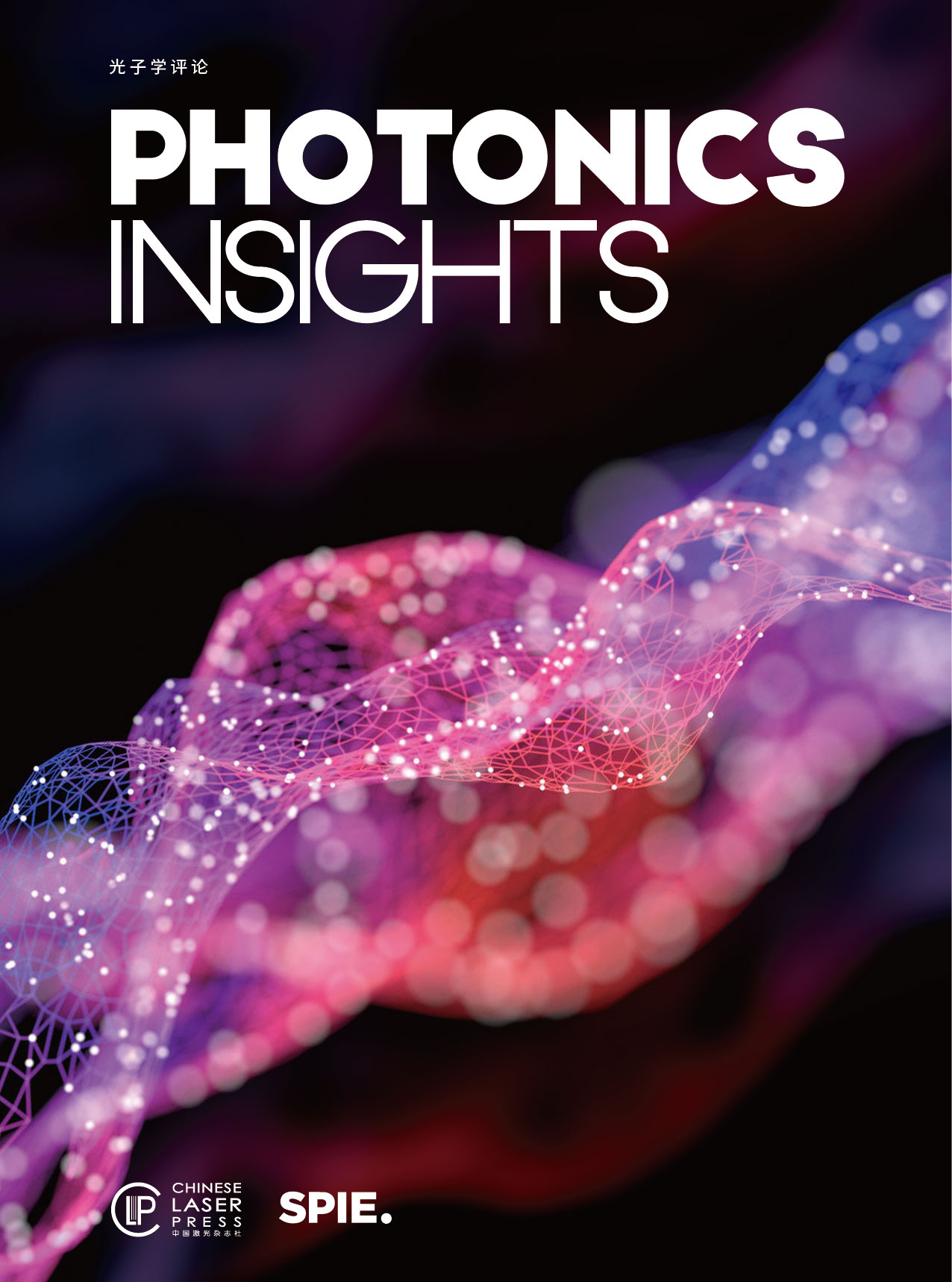Introduction
Semiconductor quantum dots are low-dimensional nanostructures that can be obtained by epitaxial growth techniques. They are often referred to as "artificial atoms" due to their nanoscale sizes and discrete energy levels in the conduction and valence bands. The development of epitaxial quantum dots (hereinafter referred to as "quantum dots") dated back to the early 1990s, where their initially applications include temperature-insensitive semiconductor lasers. Since then, researchers have made significant improvements in almost all aspects of quantum-dot system, ranging from well-controlled epitaxial growth to a comprehensive understanding of low-dimensional semiconductor physics.
Amid the recent advances in quantum technologies, quantum dots have attracted interests as efficient and stable sources of single photons, a key building block for photonic quantum applications. And quantum dots perform very promisingly in this regard: they have a combination of metrics – efficient, pure, indistinguishable, and deterministic – that exceed their competitors. Apart from being excellent single-photon sources, quantum dots have been explored to develop other functionalities as well, for example, entangled-photon pairs can be deterministically generated with high fidelity using biexciton cascades in quantum dots, allowing them to be employed as efficient entangled-photon sources; quantum dots also host single spins, which can be manipulated by all-optical means to process quantum information and to generate various exotic light-matter entangled states. Therefore, quantum dots represent important nonclassical photon resources for quantum information processing.
Grown on a semiconductor substrate, quantum dots allow for a convenient integration with existing nanophotonic devices. The compatibility with nanofabrication technology is important since it opens the door to scaling quantum-dot devices for complex quantum information processing. High-precision nanofabrication technology is also a powerful tool to control the photonic environment of quantum dots, enabling on-demand tailoring of quantum-dot radiative dynamics.
In an invited review article titled "Epitaxial quantum dots: a semiconductor launchpad for photonic quantum technologies" in Volume 2, Issue 1 of Photonics Insights, Prof. Xiaoyan Zhou (Tianjin University), Dr. Liang Zhai (University of Basel) and Prof. Jin Liu (Sun Yat-sen University) provide a comprehensive overview of fundamental physics and quantum technologies based on quantum dots, starting from the basics of quantum dots, including their growth methods and heterostructure designs, to recent developments towards various functional devices such as quantum light sources, spin qubits, light-matter interface, and integration of quantum dots into on-chip devices. (Xiaoyan Zhou, Liang Zhai, Jin Liu. Epitaxial quantum dots: a semiconductor launchpad for photonic quantum technologies[J]. Photonics Insights, 2022, 1(2): R07)
The Review goes further to discuss the perspective of quantum dots in the future quantum computing and quantum networks, which, as Prof. Igor Aharonovich has highlighted, "is timely, and will be an excellent guide for both newcomers to the field, as well as experienced quantum scientists who are on the cusp of their next breakthrough."
Epitaxial quantum dots
High-quality III-V semiconductor quantum dots are typically obtained using molecular beam epitaxy, a highly controllable self-assembly process in ultra-high vacuum. Indium gallium arsenic (InGaAs) quantum dots are usually fabricated using Stranski-Krastanov growth mode, which relies on the ~7% lattice mismatch between GaAs and InAs. In contrast, droplet epitaxy method is suitable for a variety of material combinations, such as GaAs/AlGaAs, GaAs/Si, and GaN/AlGaN, regardless of the lattice mismatch. The quality of grown materials can be further improved using local droplet etching, a slightly newer growth method compared to the former two. A representative example of this is the high-performance GaAs quantum dots embedded in AlGaAs matrix. Figures 1a-c illustrate the schematics of quantum dots growth by Stranski-Krastanov, droplet epitaxy, and local droplet etching methods, respectively.
Apart from ultra-clean materials and well-controlled growth processes, the local environment surrounding the quantum dots also plays a key role to their optical properties. For instance, to create high-quality single photons, quantum dots must be operated in a cryogenic environment such that the dephasing due to phonons is minimized. By adding a p-i-n heterostructure sandwiching the quantum dots, the tunnelling of electrons into the quantum dots can be precisely controlled by an external voltage therefore the charge noise can be suppressed (Fig. 1d). The p-i-n heterostructure also allows for deterministic locking of quantum-dot charge states, as seen in the photoluminescence spectrum in Fig. 1e.
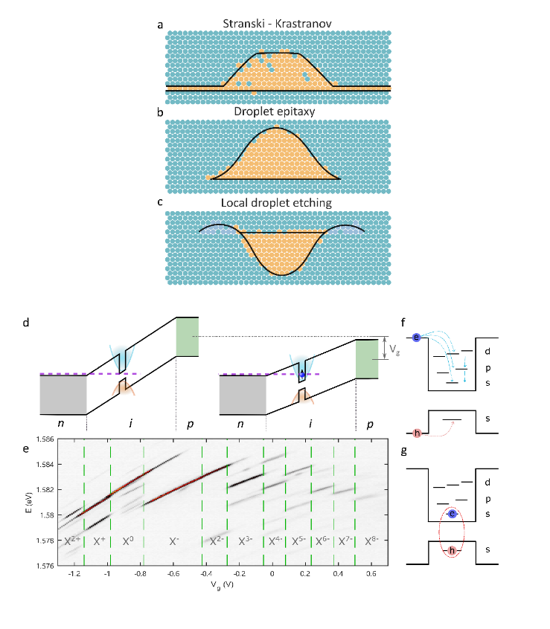
Fig. 1 Quantum-dot growth, heterostructure and photoluminescence spectrum
Non-classical light sources
Quantum dots are promising non-classical light sources. To create identical single photons on demand, the quantum dot must be excited deterministically using laser pulses: the excitation process should be faster than the excited state lifetime to avoid re-excitation process; timing jitters in the emission process should be well suppressed to improve the photon indistinguishability. The excitation scheme is thus very important.
The review discusses both widely adopted excitation methods, such as resonant excitation (Fig. 1g) and above-bandgap excitation (Fig. 1f), and other recently developed methods single-photon source applications. The latter includes phonon-assisted excitation, resonant excitation assisted by a polarized cavity, dichromatic excitation, "swing-up" process, and stimulated excitation (Figs. 2a-d).
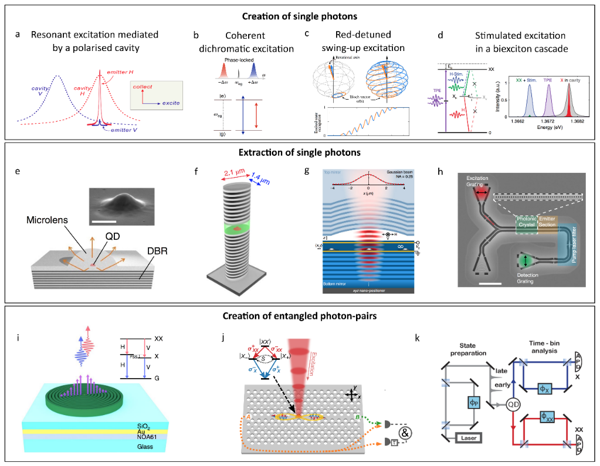
Fig. 2 Quantum dots as non-classical photon sources
The efficiency of quantum light sources is of great significance to photonic quantum computing and long-distance quantum communications. The state-of-the-art value for the end-to-end efficiency of a quantum-dot-based single-photon source is around 60%, which is achieved by integrating quantum dots in a tunable open-cavity. As depicted in Figs. 2e-i, the review discusses in detail about various photonic-engineered structures which boost the source's brightness, including microlenses, micropillars, open-cavities, optical waveguides, and bulls-eye cavities.
Entangled photons are important resources for quantum networks and quantum computing. High-fidelity polarization-encoded entangled photons can be generated deterministically by exploiting the biexciton cascade in a quantum dot (Fig. 2i). This polarization encoding can be switched to path-entanglement or time-bin entanglement using a smart optical design, such as the photonic structure shown in Fig. 2j or the setup in Fig. 2k.
Deterministic light-matter interface
Efficient coupling of quantum-dot photons into an optical mode enables a near-deterministic light-matter interface. This can be achieved through careful nanophotonic design of micro- and nano-structures surrounding the quantum dots. The deterministic interface opens up opportunities which is of both fundamental and practical interests, including chiral photon emission (Fig. 3a) and nonlinearity at the single-photon level (Fig. 3b).
The spin in quantum dots is another important degree-of-freedom for quantum information processing. Establishing entanglement between flying photons and a stationary spin enables both short-term storage and local manipulation of quantum information; photons can also be used to entangle spin-states at a distance (Fig. 3c). The hyperfine interaction between the electron spin and nuclear spins allows for manipulation of the electron spin by all-optical means.
Fluctuations of the nuclear-spin bath can be suppressed through the hyperfine interaction, which in turn prolongs the decoherence time of the electron spin, T2*. In this review, the basics of electron-spin initialization, read-out, and manipulation are introduced, and recent advances are summarized and highlighted, including the extension of the T2* of electron spins to >100 ns and the prolonging of T2 to >100 s using decoupling sequences in GaAs quantum dots.
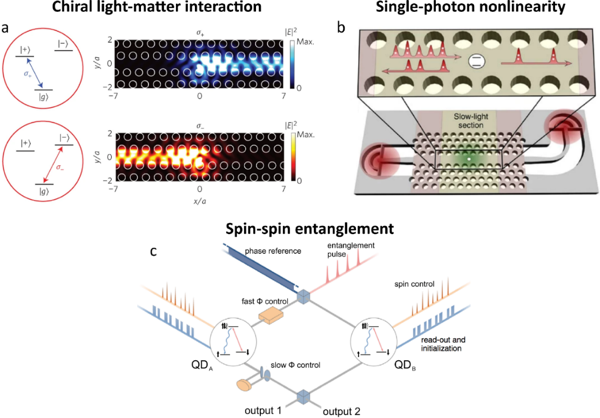
Fig. 3 Light-matter interfaces in quantum dots
Reconfigurable quantum photonic devices
Optical waveguides and cavities can be directly fabricated on III-V semiconductor thin films containing quantum dots, which allows for monolithic integration of quantum dots into on-chip photonic devices; quantum dot can also be combined with other well-developed integrated photonic platforms in a hybrid integration approach that potentially combines the advantages of the two parts. For quantum information processing, active tuning is a key functionality. The review offers an overview of existing on-chip integration methods of quantum dots; using single-photon switch as an example, the review then discusses the recent developments of reconfigurable devices that are compatible with quantum dots, see Fig.4.
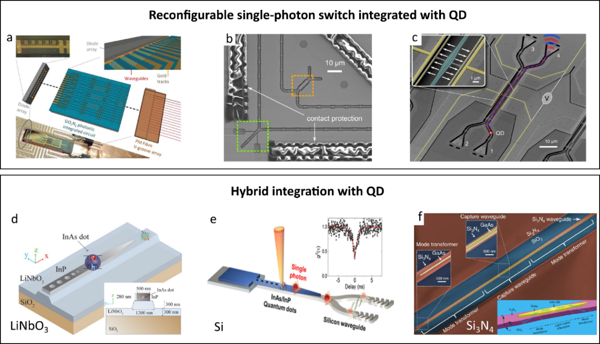
Fig. 4 Reconfigurable single-photon switches and hybrid integration techniques for quantum dots
Applications in quantum networks and quantum information processing
Quantum-dot-based non-classical photon sources are candidates for building quantum nodes in future quantum networks. Entangled photon pairs generated by quantum dots have been employed for demonstrating entanglement swapping and entanglement-based quantum key distribution. Different quantum dots can create identical photons simultaneously and the identical photons can be stored by a rubidium quantum memory. The Review summarizes advances in the relevant field and provides perspective on the applications of quantum dots in future quantum networks.
Quantum dots can also be employed for applications in quantum simulation and quantum computing, another topic covered in the review. For example, using single photons generated from quantum dots, a 20-mode boson sampling experiment has been realized. Spin states in the quantum dot can be exploited as a "factory" for creating multi-photon cluster states in a deterministic manner. Fusing those entangled multi-photon states creates a large-scale, multi-dimensional cluster state, which is an important computation resource for measurement-based quantum computing.
Conclusion and outlook
Inspired by continuous research enthusiasms, exciting advances have been made to epitaxial quantum dots, such as improved brightness in single-photon source applications, identical photon emission from single and even different quantum dots, coherent manipulation of spin states, actively tunable quantum photonic devices, and development of hybrid integration techniques. These advances have greatly increased the readiness of quantum dots for challenges in primary tasks in quantum networks and quantum computations.
To scale quantum-dot devices for practical applications, further improvements must be made. Many quantum applications require a very high source efficiency, for example, a novel scheme for device-independent quantum key distribution requires a local efficiency of the source to be more than 80%. Practical tasks in quantum technologies also need a tremendously large number of photons. On-chip integration of multiple quantum dots to create a large number of identical photons simultaneously, together with the reconfigurability provided by mature integrated photonic technologies, can be beneficial. To create multi-photon cluster states, the decoherence time of the quantum-dot spin needs to be further prolonged, and the fidelity of spin manipulation should be improved. Tackling with these challenges will make quantum dots an enabling technology to lighten up future quantum photonics.

